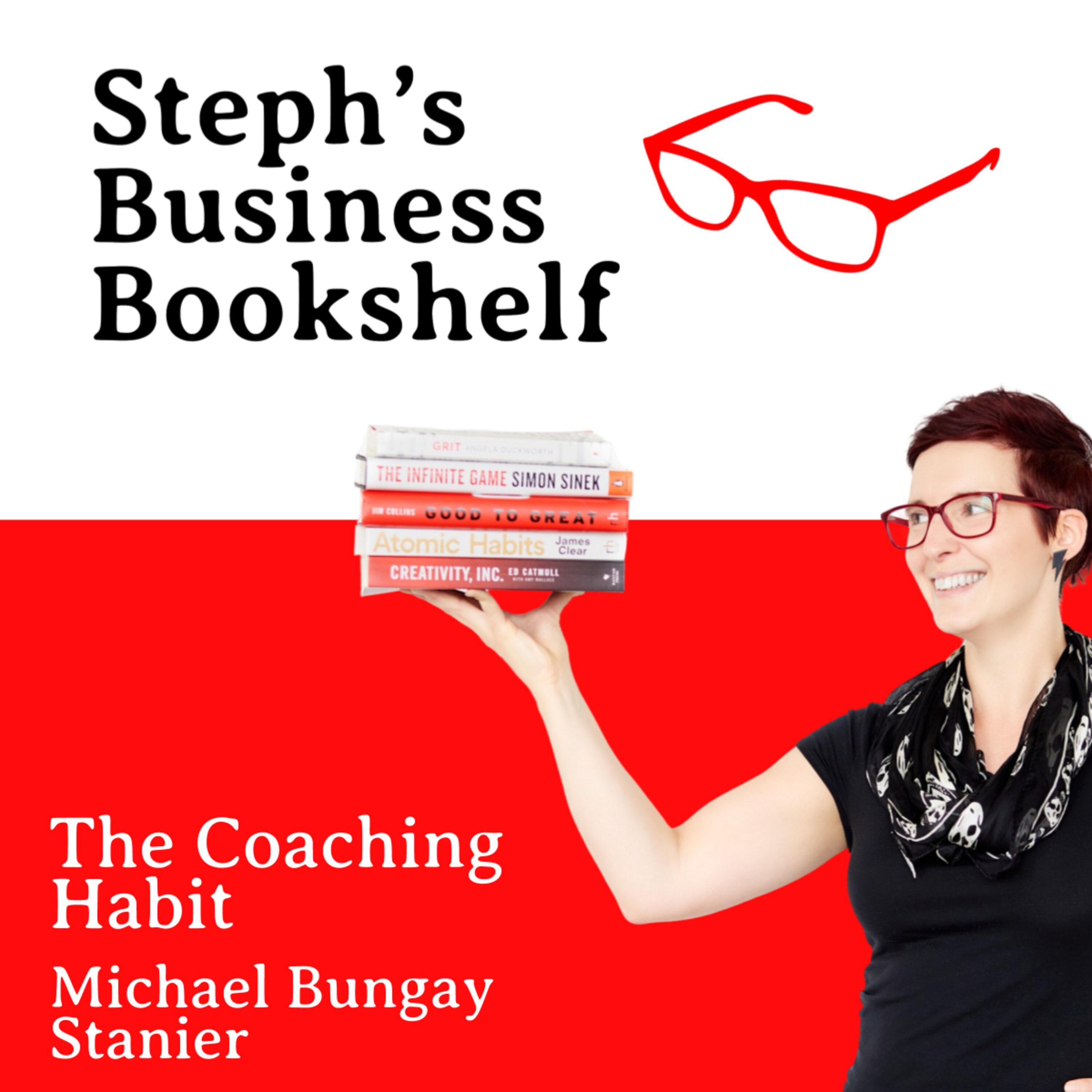The Coaching Habit by Michael Bungay Stanier: How to unlock the most powerful leadership skill

\xa0
\nAbout the Author
\n\u201cMy name is Michael. I can hop. Do you want to see me hop?\u201d That\u2019s how Michael introduced himself to bemused strangers at the supermarket when he was three.
\nMichael Bungay Stanier is at the forefront of shaping how organizations around the world make being coach-like an essential leadership behavior and competency. His book The Coaching Habit is the best-selling coaching book of this century and in 2019, he was named the #1 thought leader in coaching, and was shortlisted for the coaching prize by Thinkers50, the \u201cOscars of management\u201d.
\nMichael is the Founder of Box of Crayons. Box of Crayons is a learning and development company that helps organizations transform from advice-driven to Curiosity-led.
\nMichael is a compelling keynote speaker who combines practicality, humour, and an unprecedented degree of engagement with the audience. He has performed around the world in front of crowds ranging from ten to ten thousand.
\nSource:\xa0https://www.mbs.works/about
\nAbout the Book
\nThe Coaching Habit gives you seven questions and the tools to make them an everyday way to work less hard and have more impact.
\nIt has been endorsed by people such as Dan Pink, Bren\xe9 Brown and David Allen, all big names in the world of motivation, authenticity and productivity.
\nIt\u2019s been well received by leaders and managers in organizations all over the world, ranging from A(DP) to Z(urich Insurance).
\nIt\u2019s a Winner in the 10th annual National Indie Excellence Awards in the General Business category. And a Finalist in the \u201cBusiness: Management & Leadership\u201d category of the 2016 International Book Awards as well as the 2016 Top Sales and Marketing Book.
\nAnd, the audiobook version was nominated for Best Audiobook Narration in the Voice Arts\xae Awards Competition, the international competition sponsored by the Society of Voice Arts and Sciences (SOVAS).
\nhttps://boxofcrayons.com/the-coaching-habit-book/
\nLinks
\nFor more resources from this book and from Michael on coaching, check out\xa0https://boxofcrayons.com/
\nGet 15% off your copy of the Book of Books \u2013 the perfect book journal accompaniment to your reading habit:\xa0https://www.archleys.com/discount/STEPHCLARKE
\nBuy the book from The Book Depository\xa0 https://www.bookdepository.com/Coaching-Habit-Michael-Bungay-Stanier/9780978440749/?a_aid=stephsbookshelf
\nBIG IDEA 1 (5:06) \u2013 Ask more questions.
\nThis is the fundamental of this book, ask more questions (and then be more quiet) to embrace curiosity and understand rather than give advice.\xa0
\nHowever, you need to be cautious when asking more questions \u2013 don\u2019t ask them all at once with \u2018drive-by questioning\u2019 (when you fire multiple questions all at once). You will lose the depth of conversation, momentum, and the other person will be confused as to which questions to answer first.
\nAlso, be aware of asking leading questions, or advice shrouded in a question, instead ask \u201cwhat else\u201d and then be quiet and let the other person answer.
\nAnd finally, just ask it \u2013 it\u2019s easy to spend a long time building up a question, giving examples and generally being very long-winded in asking a question rather than just getting on and asking it. One of the benefits of taking a coaching approach is being able to ask the harder questions\u2026 so just ask them.
\nBIG IDEA 2 (9:19) \u2013 Identify the three P\u2019s.\xa0
\nUnder great questions, you will discover three things, or the 3 Ps.
\nThe project which is the content of the challenge or situations, the people which is really about the relationship between the people, and the patterns \u2013 the trends or themes, both positive and negative.\xa0
\nHelp people find their AHA! moments, whether it\u2019s negative or positive through your questions and by exploring these three areas. This can help them see their positive patterns that they don\u2019t appreciate enough about themselves.\xa0
\nBIG IDEA 3 (13:02) \u2013 Beware the drama triangle.
\nThe drama triangle is taken from more therapeutic models but has a lot of relevance in a coaching context. The drama triangle has three roles \u2013 the persecutor, the victim, and the rescuer.
\nIf you see people fall into one of these roles, you can ask \u2013 \u2018how can I help?\u2019. This question can help stop the drama from unfolding by acting as a circuit breaker. So if you hear someone in victim-mode whining about a situation, asking \u2018how can I help\u2019 can snap them into a higher level conversation about what really has to happen next or the real challenge (or admit that they were just whining!).
\nThese types of coaching conversations don\u2019t have to be sitting down, forty-five minutes sessions but you can use a coaching mindset in the micro-interactions we have with other people \u2013 and often these can be the most powerful moments to use a coaching approach.\xa0
\nMusic By:\xa0Big Sky Song by Shuhandz
\n\xa0
Support my book habit: https://www.buymeacoffee.com/stephsbookshelf
See omnystudio.com/listener for privacy information.